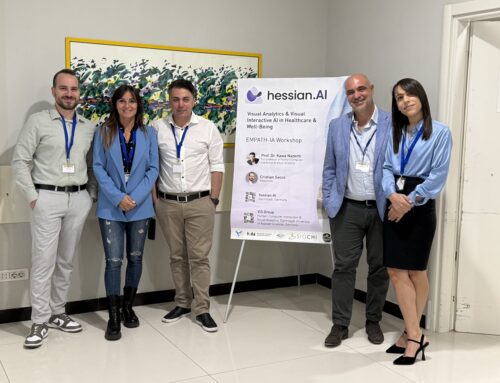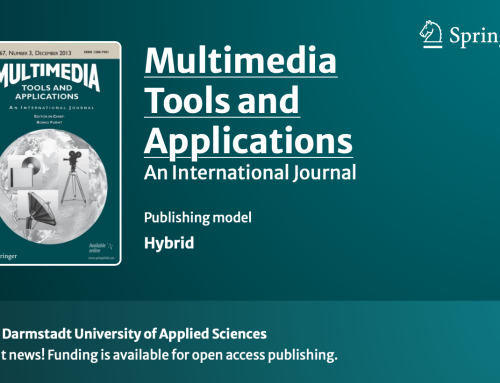We are glad to announce that two submission of us were accepted in the Elsevier journal Procedia Computer Science of ICTE in Transportation and Logistics 2018. The ICTE in Transportation and Logistics is an interdisciplinary annual issue operating on the edge between transportation, logistics and computer science. The aim of the journal is promotion of introduction the latest IT achievements and active research methods in transportation and logistics involving citizens in training and decision making through participation in social networking. The audience of the journal are academicians, municipalities, professional associations, public and private funded organizations, industry professionals, researchers and students. The accepted papers are:
#1 Visual analytical dashboards for comparative analytical tasks – a case study on mobility and transportation
Mobility, logistics and transportation are emerging fields of research and application. Humans’ mobility behavior plays an increasing role for societal challenges. Beside the societal challenges these areas are strongly related to technologies and innovations. Gathering information about emerging technologies plays an increasing role for the entire research in this ares. Humans’ information processing can be strongly supported by Visual Analytics that combines automatic modelling and interactive visualizations. The juxtapose orchestration of interactive visualization enables gathering more information in a shorter time. We propose in this paper an approach that goes beyond the established methods of dashboarding and enables visualizing different databases, data-sets and sub-sets of data with juxtaposed visual interfaces. Our approach should be seen as an expandable method. Our main contributions are an in-depth analysis of visual task models and an approach for juxtaposing visual layouts as visual dashboards to enable solving complex tasks. We illustrate our main outcome through a case study that investigates the area of mobility and illustrates how complex analytical tasks can be performed easily by combining different visual interfaces.
Link: DOI: 10.1016/j.procs.2019.01.117
#2 Visual legal analytics – A visual approach to analyze law-conflicts of e-Services for e-Mobility and transportation domain
The impact of the electromobility has next to the automotive industry also an increasing impact on the transportation and logistics domain. In particular the today’s starting switches to electronic trucks/scooter lead to massive changes in the organization and planning in this field. Public funding or tax reduction for environment friendly solutions forces also the growth of new mobility and transportation services. However, the vast changes in this domain and the high number of innovations of new technologies and services leads also into a critical legal uncertainty. The clarification of a legal status for a new technology or service can become cost intensive in a dimension that in particular startups could not invest. In this paper we therefore introduce a new approach to identify and analyze legal conflicts based on a business model or plan against existing laws. The intention is that an early awareness of critical legal aspect could enable an early adoption of the planned service to ensure its legality. Our main contribution is distinguished in two parts. Firstly, a new Norm-graph visualization approach to show laws and legal aspects in an easier understandable manner. And secondly, a Visual Legal Analytics approach to analyze legal conflicts e.g. on the basis of a business plans. The Visual Legal Analytics approach aims to provide a visual analysis interface to validate the automatically identified legal conflicts resulting from the pre-processing stage with a graphical overview about the derivation down to the law roots and the option to check the original sources to get further details. At the end analyst can so verify conflicts as relevant and resolve it by advancing e.g. the business plan or as irrelevant. An evaluation performed with lawyers has proofed our approach.





